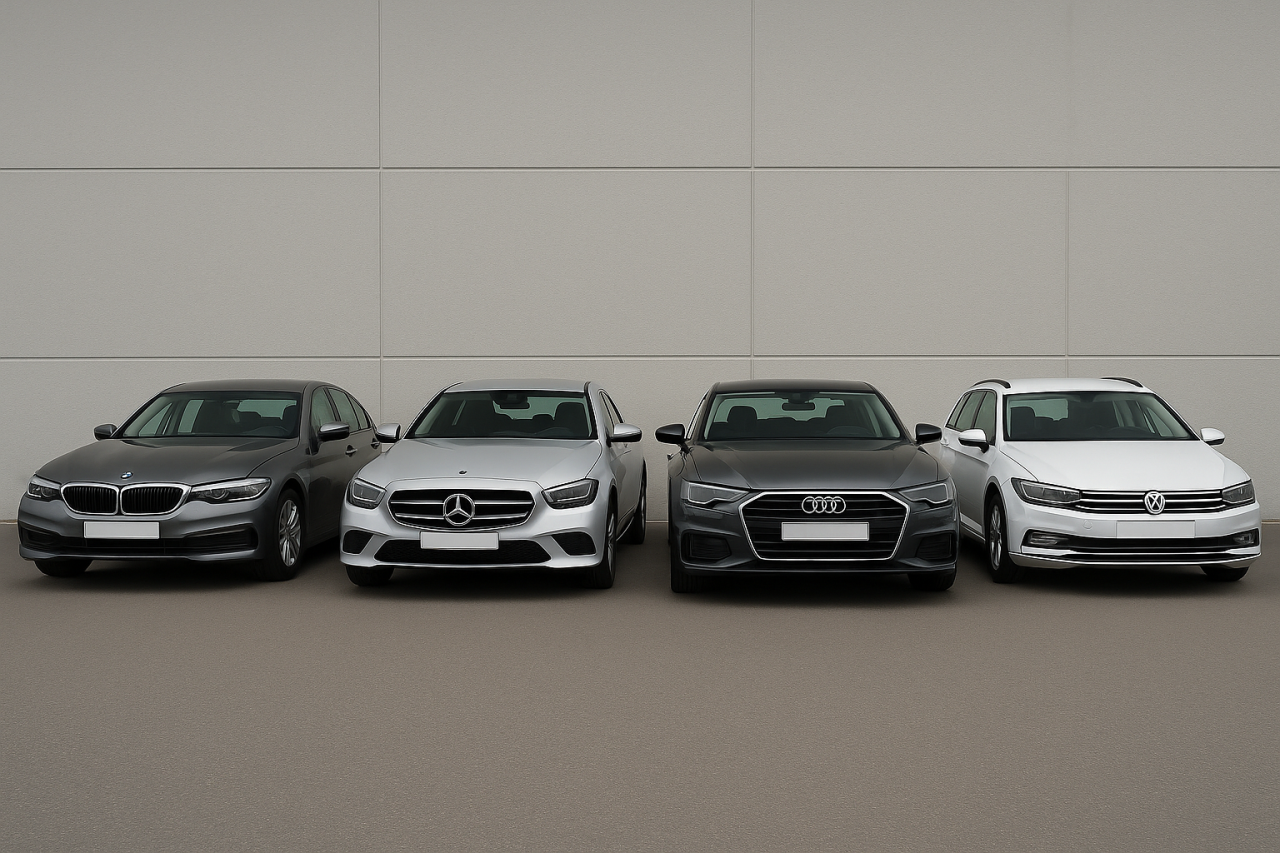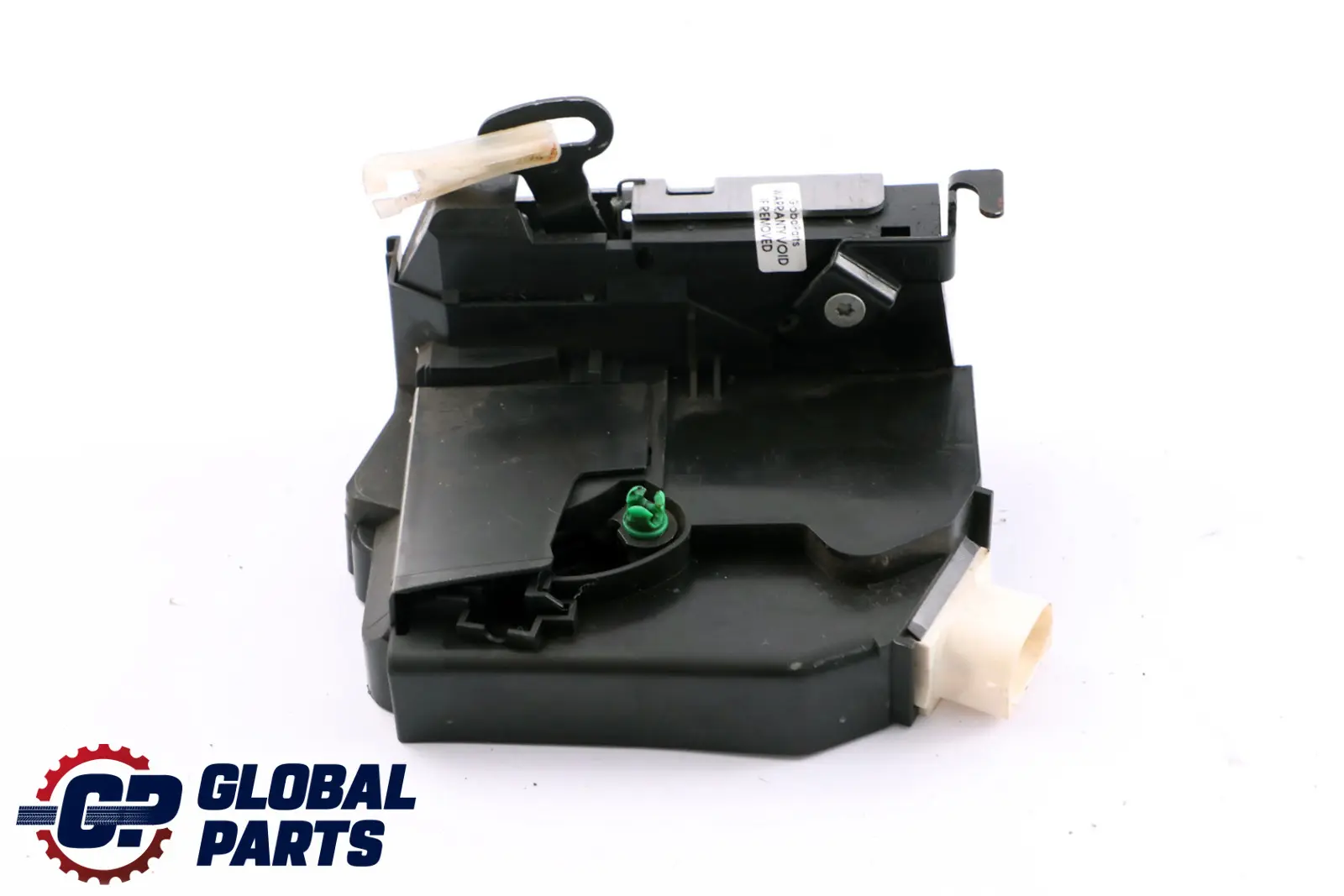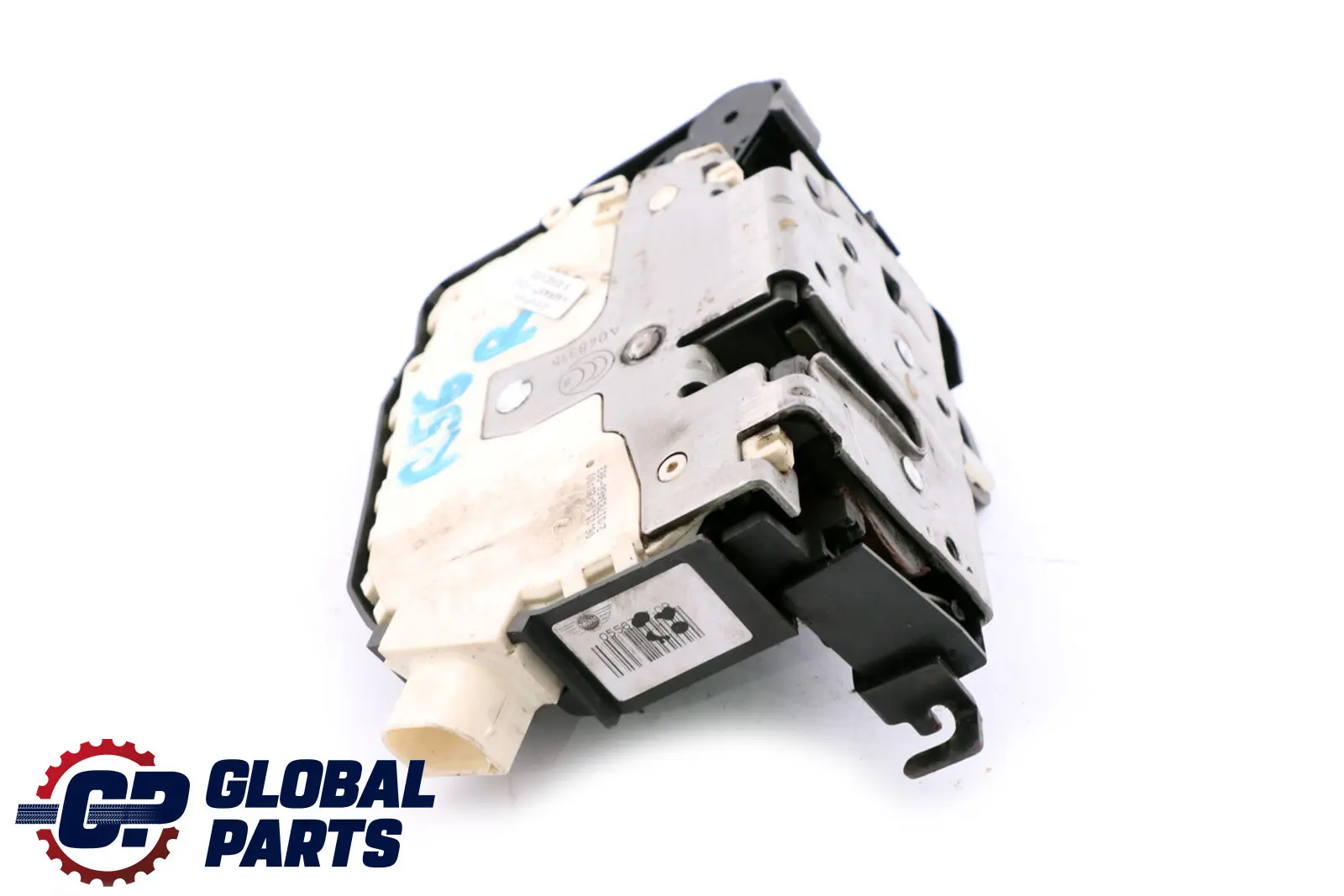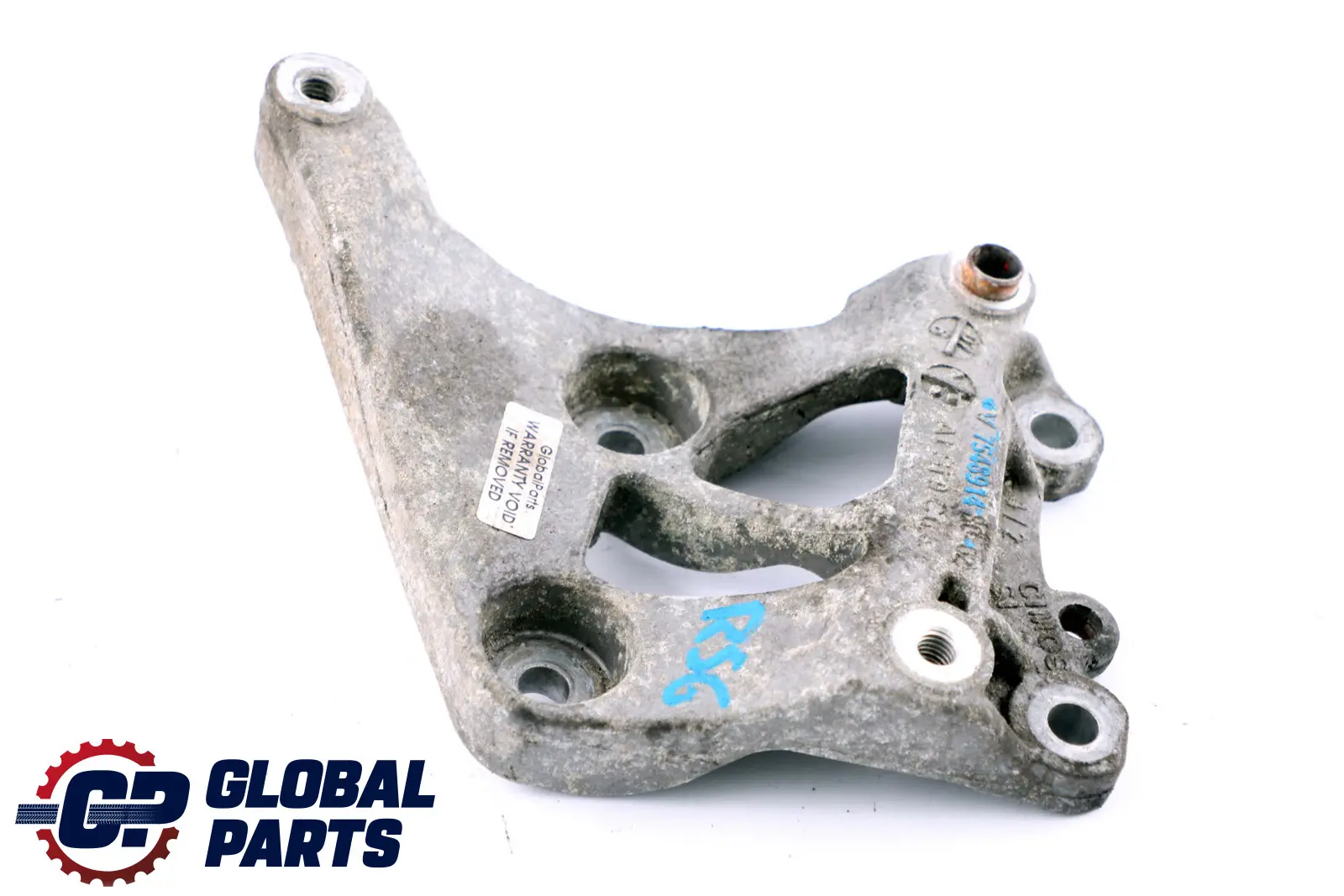Four-wheel drive isn't "one system," but a collection of solutions that vary mechanically and programmatically depending on the brand and platform. BMW focuses on neutral balance and rear-wheel drive DNA, Mercedes combines comfort with traction, Audi is known for its quattro and a wide range of central transmissions, and VW combines simplicity with practicality for everyday driving. For the user, the most interesting are the differences between the axles: limited slip differentials, multi-plate clutches, and center differentials distribute torque differently in the city, on the highway, and on slippery roads. This translates into parts selection and service procedures, and for cars several or more years old, carefully selected used components allow you to maintain the factory experience without unnecessary modifications. This overview brings together definitions, design curiosities, and practical parts lists for BMW, Mercedes, Audi, and VW – from the central gearbox to the driveshafts and wiring harnesses. The Global Parts automotive store helps you assemble kits in one year family and streamline assembly thanks to ready-made components.
BMW Drivetrain – xDrive and Rear-Wheel Drive DNA
Figuratively speaking, xDrive is a "rear-biased system with intelligent front weighting," which reacts predictably in corners and when accelerating on exit. The core is a transfer case with an electronically controlled multi-plate clutch that engages the front axle and dynamically modifies the torque distribution; in more powerful versions, it works with a limited-slip differential on the rear axle. In everyday driving, the most important factors that influence the driving experience are the condition of the driveshaft joints, drive mounts, wheel bearings, and the calibration of the stabilization systems, which link the mechanics with the electronics. BMW parts ( bmw parts ) and complete harnesses often "sit down" mechanically without modifications, provided they come from the same generation family. From the service point of view, it is worth planning a simultaneous inspection of the transfer case, shaft supports and seals, because these details are responsible for silence on the highway.
xDrive – components that most often make sense to use
Good candidates are: xDrive gearbox as a complete set, axle shafts with original joints, steering knuckles with ABS sensors and harnesses that fit "on the spot". Attention is paid to the lack of angular play and leaks in the transfer case, the smooth operation of the wheel bearings, and the condition of the rubber flexible joints. When upgrading the suspension, it is a good idea to check the geometry after installation, because even millimeters affect how xDrive doses the torque in the curve. In cars with higher mileage, a short test drive at a constant speed and light load is planned, which reveals secondary shaft vibrations.
Mercedes 4Matic drive from classic solutions to AMG
The shortest description of 4Matic is "comfort and traction with an elegant backdrop," because the system is supposed to operate discreetly and use electronics to mitigate slippage. Older generations (e.g., the W124) feature mechanical solutions with additional axle engagement systems, while modern 4Matic in AMG cars can be more active and more "rearward" in feel. A detail that comes up in service calls is the springs and elastokinematics elements - the springs of the Mercedes W124 4Matic or the "Mercedes W124 4Matic spring" variant have different indexes than the FWD/RWD, and mixing them produces unpredictable results. In newer hot hatches like the Mercedes A 45 AMG 4Matic, a central clutch with rapid rear axle load increases the weight of the rear axle, which teaches us that software and friction are as important as the car's weight. On the economic side, used Mercedes parts (gears, axle shafts, complete modules) reduce downtime when a new index is difficult to obtain.
4Matic – what is worth checking apart from the "bare" drive
It's worth adding to your shopping cart: drive and gearbox mounts, hub bearings with appropriate load capacity, and sensor harnesses, as they "complete" the driving experience. In classic cars like the W124, it's a good idea to pair the springs in the axle sets, and in AMGs, check the gearbox and differential cooling during longer journeys. Every time you interfere with the drivetrain, it's necessary to check the tightness of the vent lines, which can draw in moisture and create emulsion in winter. In everyday use, the difference is made by the clean geometry and updated software of the stabilization systems, which change the 4Matic's response logic. 
Audi drive – quattro as a family of solutions
The word "quattro" denotes a family of drives: from the classic Torsen in longitudinal systems to multi-plate clutches in transverse platforms and active solutions in the RS. In cars such as the Audi S8 quattro V10, mature central gearboxes with constant engagement were dominant, while in the Audi S4 B6 quattro and A6 ( automatic transmission Audi A6 quattro ), the nature of the gearbox and the method of controlling the locks also play a role. In the sporty versions, rear differentials are used, which help to turn the car under throttle and "draw" the arc to the apex; this is where the biggest difference in handling is sought. In smaller models, e.g. the Audi TT quattro 8N, there were clutches engaging the rear, which work great in everyday use and add confidence on wet roads. In practice, Audi parts ( differential, axle shafts, modules, harnesses) from one year family simplify installation and minimize the number of electrical surprises.
Quattro – the second-hand items that make the most sense
Central differential/clutch As a complete set, driveshafts with original joints, rear differentials, and control modules of the appropriate version are the most common items. Attention is paid to angular play, bearing noise, and the absence of leaks, and in electronics, to the consistency of the software version. In "everyday" projects, replacing worn suspension bushings and hub bearings can yield greater results than just engine modifications. After installation, adaptation procedures are completed only when the given controller requires them – without unnecessary experimentation.
VW's 4Motion drive and the pragmatics of everyday driving
How does the Volkswagen 4motion drive work? 4Motion is an umbrella term for drivetrains used in Volkswagen's transverse and longitudinal platforms, typically with the rear end engaged by a multi-plate clutch. In compact cars, reliability in wet and snowy conditions is a priority, while in family station wagons, stability on the highway with a full trunk is key. In service, the biggest difference is made by the good condition of the joints and bearings, as well as complete harnesses and sensor modules that "understand" the ABS/ESC system. For the user, 4Motion is a "disappearing" system, meaning you shouldn't "feel" it in everyday life – only the effect of improved traction. Aftermarket VW parts (differential, driveshafts, harness kits, mounts) allow for quick completion of repairs when a new part number is difficult to obtain.
4Motion – details that shorten repair time
Disposable screws, seals, snap rings, and ready-made brackets can cut hours of searching. It's worth assembling lamps and wiring harnesses in "pairs" by generation, because this way, R&H updates don't erase functions in other modules. In systems with an add-on rear end, it's important to refresh the oil in the central clutch and check the cleanliness of the filters. Accurate assembly and wheel alignment restore the "stock" feel without having to fight the electronics.
Technical curiosities – what really makes these systems different?
For Audi's "longitudinal" solutions, the central differential (historically Torsen, today also other solutions) plays an important role, constantly distributing the torque and reacting without delay; this is felt at a constant speed in a curve. xDrive in typical configurations works as a multi-plate clutch, and its reactive character with rear bias allows for maintaining the feel of a classic BMW in rain and snow. 4Matic in newer Mercedes-Benzes can be "rearward" in AMGs and more neutral in comfort classes, but in both variants the key is gentle torque management. 4Motion in VAG compacts The focus is on "invisible safety" and engaging the rear only when the front is about to lose traction. In everyday use, differences in sensation are more often due to the stabilization software and the condition of the tires than to the drive architecture itself.
What will the user feel on the steering wheel and gas pedal?
In a BMW when you accelerate in a corner The car is more willing to close the curve and "push" from the rear, while the Audi's response is even, and the steering is stable even on slight bumps. The Mercedes communicates softly and predictably, while the VW tries to "disappear," adding only as much rear as necessary. Once the bushings and bearings wear out, each system loses its character: micro-vibrations, ABS/ESC interference, and response delays appear. Therefore, when investing in the drivetrain, it is always worth considering a package replacement of elastokinematics elements and angle control.
TABLE – AWD drives (comparison abbreviation)
| Mark | Name | Torque distribution (typical) | Central mechanism | Character in riding |
|---|---|---|---|---|
| BMW | xDrive | rear bias, front attachable | multi-plate clutch | neutral-sporty, predictable in the curve |
| Mercedes | 4Matic | neutral/rear in AMG | clutch/active solutions | soft and stable, an accent of comfort |
| Audi | quattro | fixed or attached | Torsen / clutch / active | even traction, high stability |
| VW | 4Motion | attached back | multi-plate clutch | "invisible" confidence in everyday life |
TABLE – parts and checkpoints (what usually "makes the difference")
| Area | Part/set | What to look at | Effect |
|---|---|---|---|
| Transfer case | complete with housing | angular play, leaks | silence and equal distribution |
| Half-axles | joints/bearings | no clearance, no cover | no vibrations under load |
| Bearings/hubs | set of axles | noise, temperature | stability in the arc |
| Suspension | bushings/elastokinematics | cracks, deformations | driving precision |
| Electronics | bundles/modules | version consistency, cubes | no "Christmas tree", full functions |
FAQ – questions and answers about xDrive, 4Matic, quattro and 4Motion
| Question | Short answer |
|---|---|
| What is the real difference in torque distribution in these systems? | Audi (longitudinal) has central differentials; BMW/Mercedes/VW more often have multi-plate clutches connecting the axle. |
| Do the drive components used make sense? | Yes, if they are original sets without any play or leaks; installation is faster and without adapters. |
| What parts are most often replaced in batches? | Transfer case/axles + hub bearings + suspension bushings. |
| Can electronics “spoil” the AWD experience? | Maybe, with inconsistent versions of modules/harnesses; it is better to take sets from one family. |
| What to watch out for in winter? | For venting and sealing; water/salt shortens the life of bearings and joints. |
| When to check gearbox/drive cooling? | During long journeys and high power – overheating destroys clutches and bearings. |
| Do software updates affect AWD? | Yes, they change the axis engagement logic and ESC responses; first make sure the hardware is healthy. |




